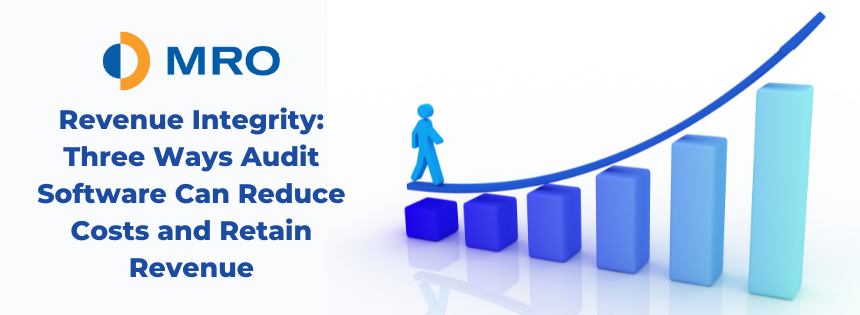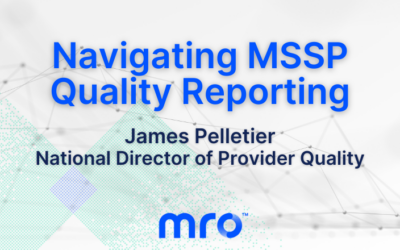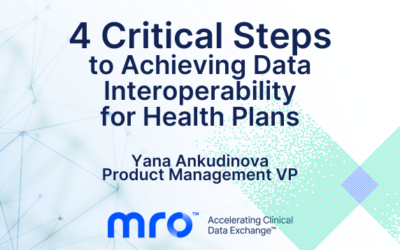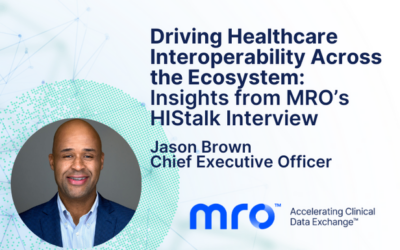
Maintaining and managing audits is one of the most time-consuming yet critical parts to ensure revenue integrity. Denial volume is on the rise, which is why auditing has become increasingly difficult. I recently wrote an article titled “Revenue Integrity: How to Reduce Costs and Retain Revenue” where I provided several tips on how to assess costs and resources and how to better prepare for audits to avoid denials.
We know revenue cycle teams, including business office and health information management, are focused on ways to reduce costs and retain revenue. A successful approach to revenue integrity calls for communication and collaboration among various departments to achieve shared objectives:
- Evaluate ways to provide more efficient, scalable, and trackable information sharing to support claim payments and payer audits.
- Quantify specific expenses associated with the release of information to payers for claim adjudication.
- Enhance interdepartmental collaboration and dedicate respective teams to maximize compliance, production, and revenue associated with requests for information.
Audit software has proved a valuable tool to reduce costs and retain revenue because it enables hospitals to respond quickly to audit requests and seamlessly manage those audits through to resolution. When implemented correctly, audit software can:
- Deliver an all-in-one payer audit management system. You can log and track all audits in a single system that simplifies information sharing and collaboration among authorized users.
- Save time through automation. Audit document delivery instantly transmits charts, discussions, and appeal filings to Medicare, Medicaid and commercial auditors, preventing file loss and delivery delay.
- Provide business intelligence reporting. Dozens of ready-to-run reports offer real-time insights about productivity, aging, finance, workflow, risks, costs, and other topics.
Technology alone won’t solve our audit challenges, but it certainly helps us work smarter, not harder. Collaborative revenue cycle processes drive the financial impact of claim monitoring and adjudication. With audit software in your toolbelt, HIM and revenue cycle teams can work together to achieve revenue integrity.
Want to learn how you can manage enterprise-wide 3rd party payer audits without excel? MRO’s Audit Manager helps you manage the lifecycle of an audit—from request to close. Dig into the details about how our audit software can help here.


